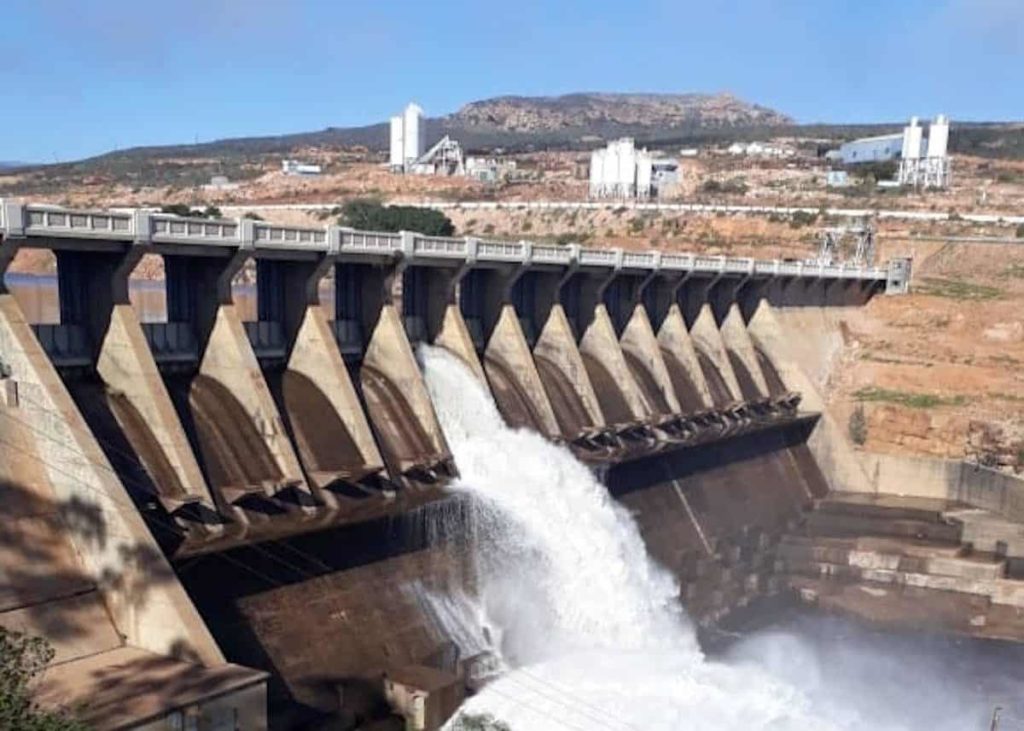A long-delayed project to raise the Clanwilliam Dam wall will be completed by March 2023, and cost an estimated R3.5-billion. This update was announced in the Western Cape Provincial legislature’s standing committee on agriculture, environmental affairs, and development planning on Tuesday, August 20.
Anton Bredell, MEC of Local Government, Environmental Affairs and Development Planning has welcomed the update. “This is a vital project towards greater water sustainability in the Western Cape. It’s wonderful that we are seeing progress and we intend to hold the national department to their commitment to have the project finished by 2023. It holds significant advantages for our province and the economy,” he said.
The project will also allow the agricultural sector to grow exponentially.
“Growing and supporting the sector is impacted by the extent to which we become more drought resilient as water availability is dependent on the weather and rainfall. The entire agriculture sector will benefit in particular emerging farmers in the region, once the project has been completed. In addition, the building phase will also have a positive impact on the local economy and job creation in the region,” MEC of Agriculture Dr Ivan Meyer said. “This will allow for more irrigation in the region, estimated to be in the region of 5500 additional hectares. This could see up to 3800 additional permanent jobs in the region thereby helping to grow the Western Cape’s economy.”
According to Bredell, the project entails raising the existing wall by 13 metres.
“Practically, it means an entirely new wall is being built up against the existing one, just 13m higher. The original wall was built in 1935 and also requires maintenance work to sustain its integrity. This project will address those concerns too,” he said.
The National Department indicated that work is progressing well and stated that the N7 highway in the region of the dam has already been relocated as part of the first phase of the process.
Bredell says the dam is currently 100% full following the past rainy season and sluices have been opened. “It shows how the added capacity will not go to waste. But for now the dam is full and water needs to be released,” he added.
Picture: Western Cape Government

